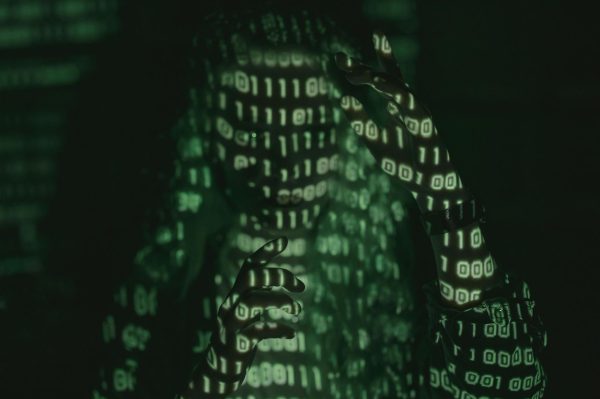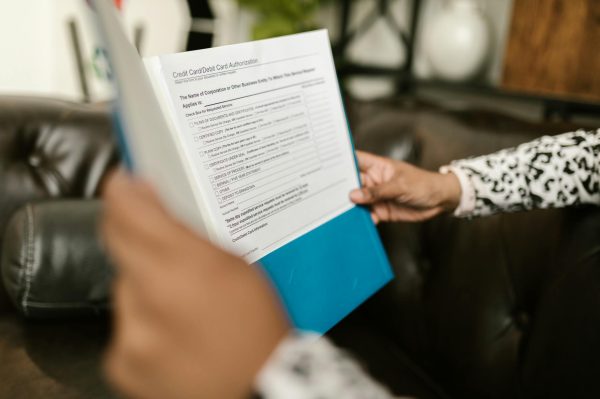ISO 27001 vs SOC 2: Choosing the Right Framework for SaaS Startups
ISO 27001 vs SOC 2—these two compliance frameworks are often at the forefront of discussions when SaaS startups look to bolster their security posture and build customer trust. Both standards validate an organization’s commitment to information security, but they differ in scope, certification process, and global recognition. For compliance officers, cybersecurity managers, and SaaS founders, selecting the right framework can be a pivotal decision that impacts business growth, risk management, and competitive positioning.
This article breaks down the key differences between ISO 27001 and SOC 2, helping you determine which certification aligns best with your startup’s needs.
—
Understanding ISO 27001 and SOC 2

Before diving into comparisons, let’s define each framework:
What Is ISO 27001?
ISO 27001 is an international standard for information security management systems (ISMS). It provides a systematic approach to managing sensitive company data, ensuring confidentiality, integrity, and availability.
– Scope: Broad, covering all aspects of information security.
– Certification Process: Requires an external audit by an accredited body.
– Validity: Certification lasts three years, with annual surveillance audits.
– Global Recognition: Widely accepted, especially in Europe and Asia.
What Is SOC 2?
SOC 2 (System and Organization Controls 2) is a U.S.-centric framework developed by the AICPA. It focuses on trust service criteria: security, availability, processing integrity, confidentiality, and privacy.
– Scope: Flexible, with companies choosing relevant criteria (Security is mandatory).
– Certification Process: Conducted by a CPA firm, resulting in a Type I or Type II report.
– Validity: No formal “certification”—reports are issued annually.
– Market Recognition: Highly valued by U.S. enterprises and SaaS buyers.
—
Key Differences Between ISO 27001 and SOC 2
To help you decide which framework suits your SaaS startup, here’s a detailed comparison:
| Criteria | ISO 27001 | SOC 2 |
|———————|—————————————-|—————————————-|
| Scope | Comprehensive ISMS covering all security controls | Focuses on selected trust principles (Security + optional criteria) |
| Certification | Formal certification issued by an accredited body | No certification—only an attestation report (Type I or II) |
| Audit Process | Rigorous, with stage 1 (documentation) and stage 2 (implementation) audits | Single audit for Type I; ongoing monitoring for Type II |
| Global Reach | Recognized worldwide, ideal for international clients | Primarily U.S.-focused, but gaining global traction |
| Flexibility | Prescriptive controls (Annex A) | Customizable based on business needs |
| Time to Achieve | 6–12 months (depending on readiness) | 3–6 months for Type I; 6–12 months for Type II |
| Best For | Startups targeting global markets or regulated industries (e.g., finance, healthcare) | SaaS companies selling to U.S. enterprises needing quick validation |
—
Which Framework Should SaaS Startups Choose?
The right choice depends on your business goals, customer base, and compliance requirements. Below are key considerations:
When to Choose ISO 27001
✔ Global Expansion Plans – If you’re targeting EU or APAC markets, ISO 27001 is more recognized.
✔ Regulatory Compliance Needs – Mandatory in industries like healthcare (HIPAA) and finance (GDPR alignment).
✔ Comprehensive Security Posture – Ideal if you need a structured ISMS covering all security domains.
When to Choose SOC 2
✔ U.S. Market Focus – Preferred by American enterprises and tech buyers.
✔ Faster Time-to-Market – SOC 2 Type I can be achieved quicker than ISO 27001.
✔ Customer-Driven Requirement – Many SaaS procurement teams specifically ask for SOC 2 reports.
—
Steps to Achieve Compliance
Whether pursuing ISO 27001 or SOC 2, follow these steps:
1. Gap Assessment – Identify security weaknesses against the framework’s requirements.
2. Policy Development – Document security policies and procedures.
3. Implementation – Deploy controls (e.g., access management, encryption).
4. Internal Audit – Test controls before the official audit.
5. Certification/Audit – Engage an accredited body (ISO) or CPA firm (SOC 2).
—
Conclusion: Making the Strategic Choice
ISO 27001 vs SOC 2 isn’t about which is better—it’s about which aligns with your startup’s trajectory.
– ISO 27001 offers global credibility and a structured security approach, making it ideal for startups in regulated industries or expanding overseas.
– SOC 2 provides flexibility and speed, catering to SaaS companies needing quick validation for U.S. clients.
For maximum impact, some startups pursue both certifications, reinforcing trust with a broader audience. Assess your business priorities, customer demands, and long-term goals to make an informed decision.
By choosing the right framework, you not only enhance security but also gain a competitive edge in the crowded SaaS marketplace.
—
Need help deciding? Certidor offers expert guidance on compliance strategies tailored to your startup’s needs. Contact us for a consultation.



